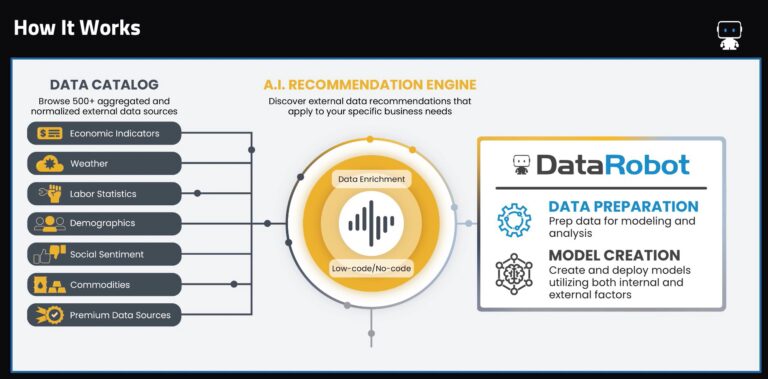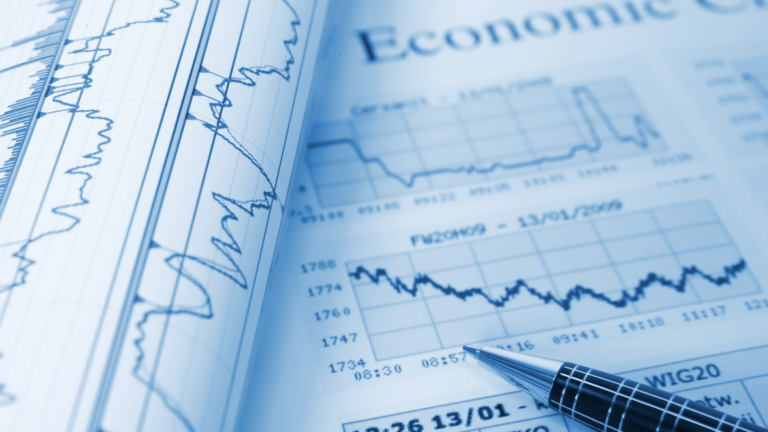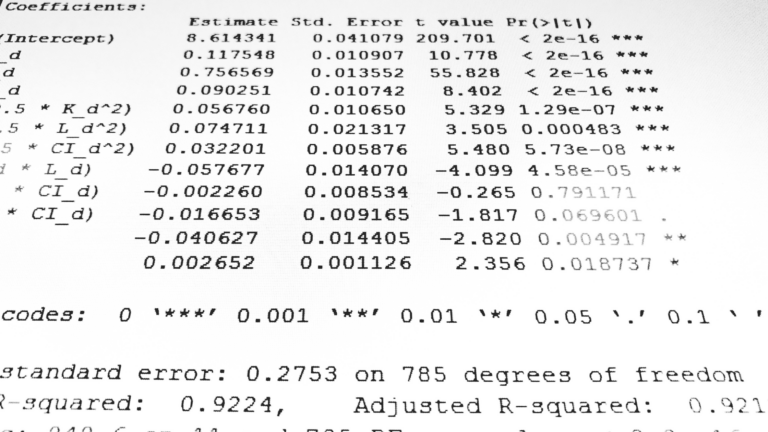Blog and Resources
- Megan Foley
- / February 8, 2024
Forecasting accuracy is a critical element in decision-making processes for any business. In this video, DataRobot showcases the enhanced power of its AI platform when coupled with Ready Signal's external feature store. The result? A staggering 13% improvement in forecast accuracy in minutes. This video illustrates the immense potential of integrating external data seamlessly into predictive models.
- Megan Foley
- / November 16, 2023
DataRobot AI Accelerators are revolutionizing data-driven decision-making, offering pre-built solutions that merge cutting-edge machine learning with domain-specific data. These accelerators simplify tasks from Hyperparameter Optimization to Time Series analysis, democratizing AI without extensive technical expertise. The partnership between Ready Signal and DataRobot has produced a unique AI Accelerator for Time Series Forecasting with External Data, integrating over 500 external sources. This collaboration automates critical steps, enhancing forecasting accuracy with weather, holidays, and social media data. Together, they represent a transformative force, optimizing marketing strategies and advancing time series forecasting in the era of data-driven decisions.
- Megan Foley
- / November 1, 2023
This blog delves into the critical role of market intelligence in the contemporary business landscape. It highlights the multifaceted aspects of market intelligence, emphasizing its significance in understanding customer behavior, gaining a competitive edge, navigating trends, and fostering innovation. The piece underscores the importance of leveraging census data for strategic market evaluation, emphasizing the need for businesses to be proactive in their external awareness. By employing comprehensive market intelligence, businesses can adapt, innovate, and thrive in the dynamic and ever-changing market environment, ensuring sustained success and growth.
- Megan Foley
- / October 16, 2023
Cultivate your understanding of the data science workflow in our enlightening blog. We begin by unraveling the intricacies of each stage, from sourcing and cleansing data to model deployment. Delve into the core principles that drive this transformative process, empowering you with foundational knowledge. Then, witness the seamless fusion of human expertise and cutting-edge automation, where precision meets efficiency. Explore how automation revolutionizes every step, from data collection to model fine-tuning, optimizing outcomes and enabling groundbreaking discoveries. Step into the future of data science, where learning and automation converge to shape a new era of innovation.
- Megan Foley
- / September 25, 2023
Econometrics is a game-changer for businesses, allowing them to gain a competitive edge. In this comprehensive blog, learn how econometrics can transform your business. Discover the benefits, from uncovering causal relationships to quantifying effects and predicting future trends. But econometrics can be challenging; data quality and complexity often pose hurdles. Streamline the process by defining objectives, collecting and engineering data, choosing the right model, and interpreting results. Elevate your econometric game and make informed, data-driven decisions.
- Megan Foley
- / September 25, 2023
Econometrics is a discipline that employs statistical and mathematical models to analyze economic data, test hypotheses, and predict future trends based on historical information. It's used to understand relationships between economic variables, evaluate policy impacts, and forecast economic scenarios. Key techniques include regression models and null hypothesis testing, although caution is needed to avoid inferring causation from correlation and to choose the right model. Common econometric models include linear regression, generalized linear models, probit, logit, Tobit, ARIMA, vector autoregression, and cointegration models. Generalized linear models offer flexibility for diverse data types, while probit and logit models cater to binary outcomes. Econometricians must possess a strong grasp of economic theory, statistical methods, and awareness of potential errors. When wielded skillfully, econometrics can unveil hidden insights, validate theories, assess policies, and anticipate economic trends.
- Megan Foley
- / September 18, 2023
For those looking to step into the world of forecasting, Excel might be the first tool that comes to mind. However, we're here to show you that creating a basic forecast model can be simpler than you think. Once you've mastered Excel, there's a whole world of advanced forecasting waiting for you, and two powerful programming languages, Python and R, are your gateway. In this article, we'll explore the benefits of using R over Excel for forecasting and delve into the process of creating forecasts using R, with a special focus on how Ready Signal can enrich your models with external factors.
- Megan Foley
- / September 11, 2023
Unlock the potential of your machine learning models by incorporating external data sources, a game-changer for predictive accuracy and richer insights. This blog explores four impactful methods: enriching feature space with relevant external data, harnessing transfer learning for fine-tuned models, employing data augmentation to enhance robustness, and integrating external data for valuable contextual insights. The future of machine learning lies in the thoughtful fusion of domain expertise, data preprocessing, and model design, ensuring continued innovation in the field.








